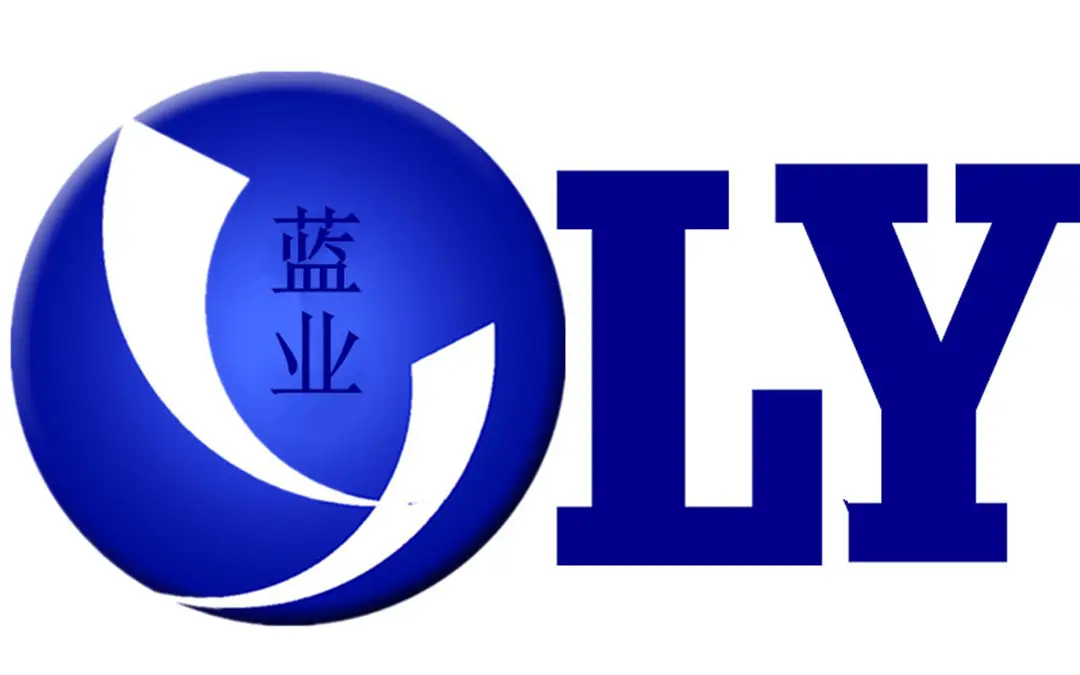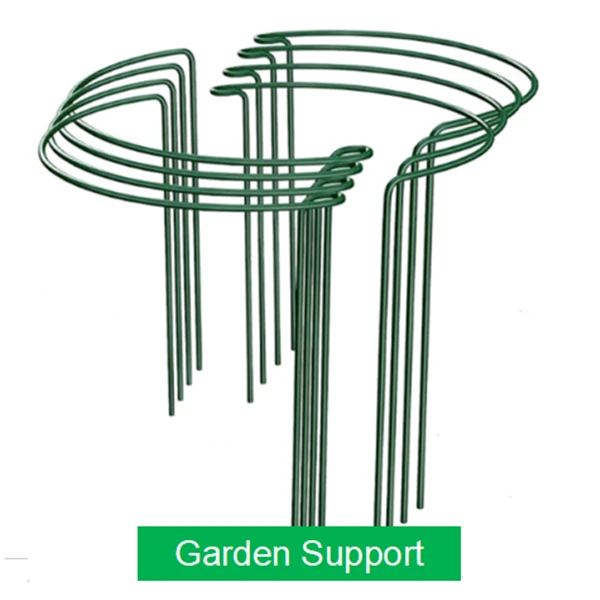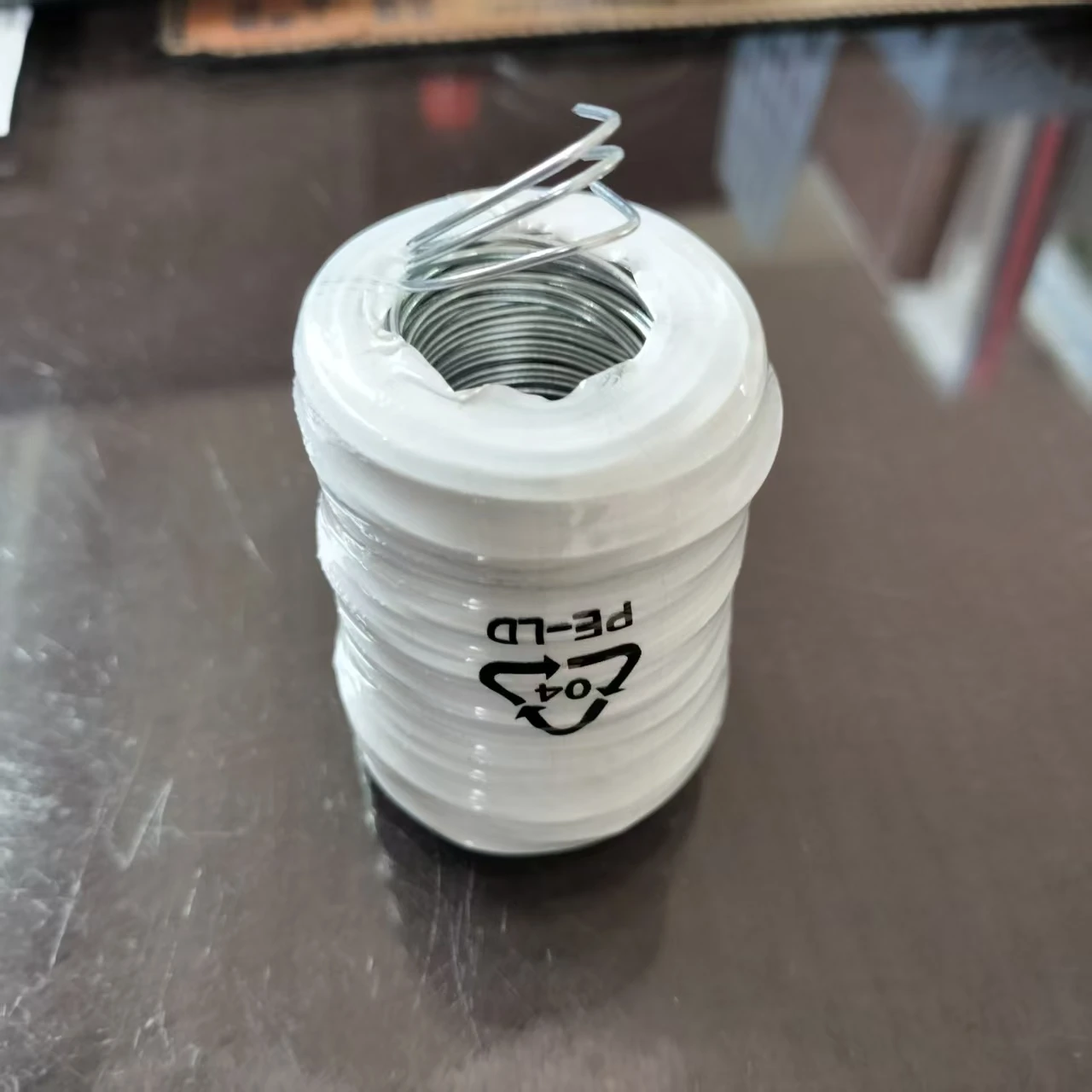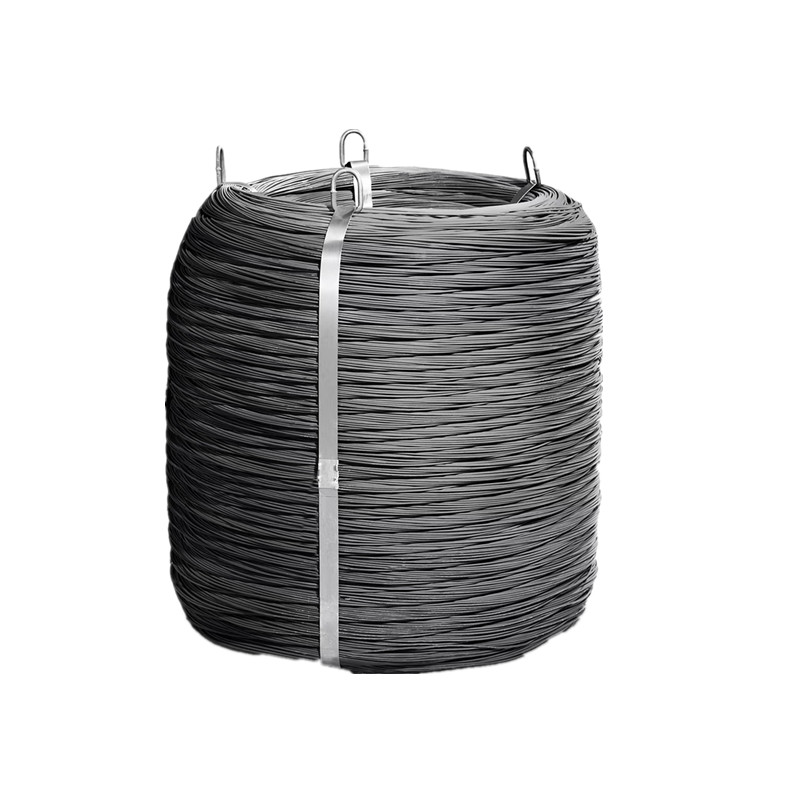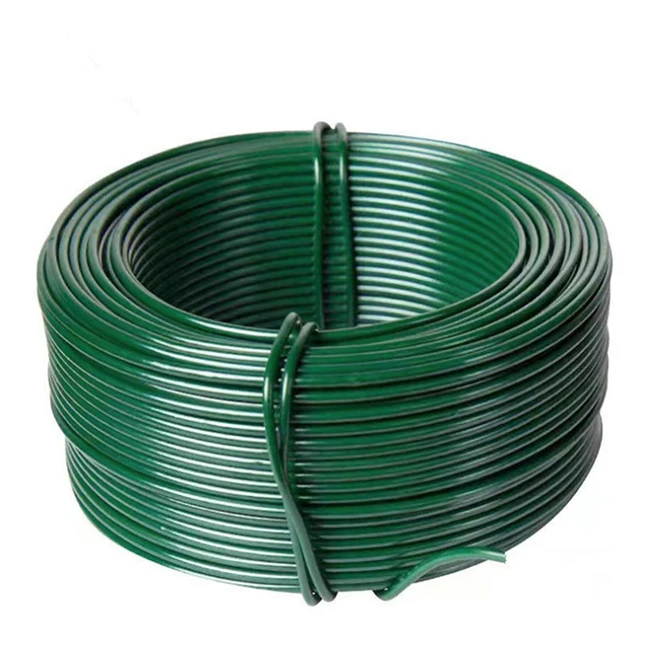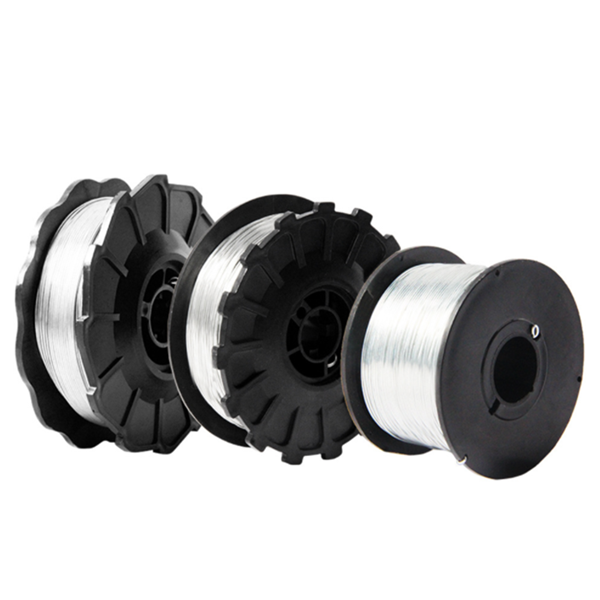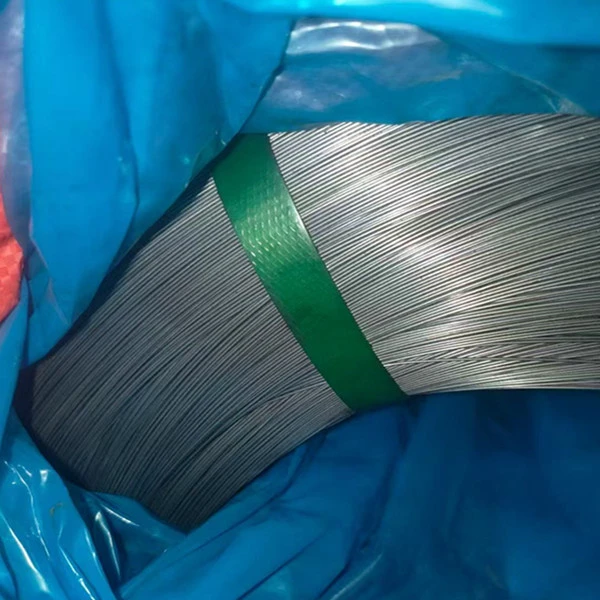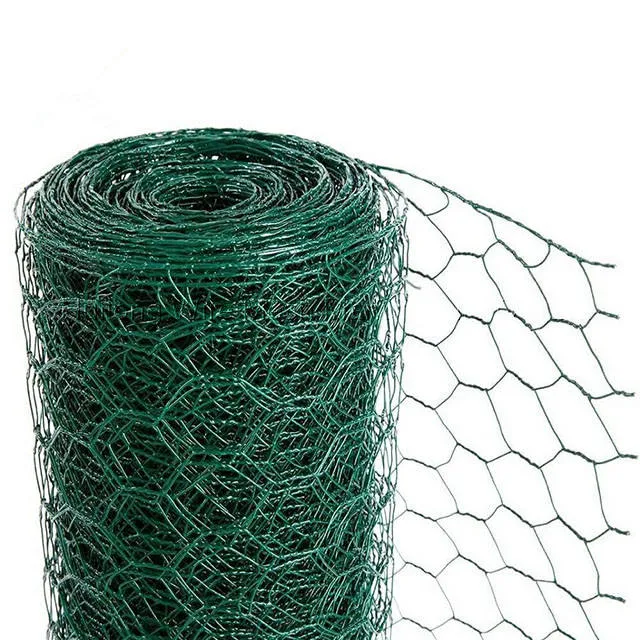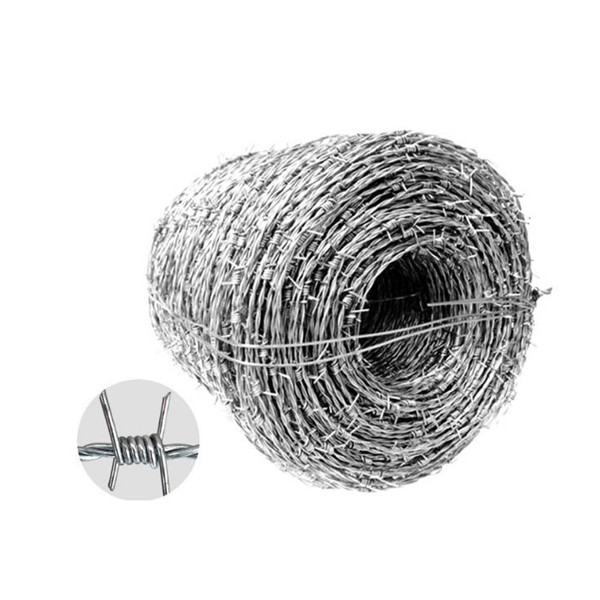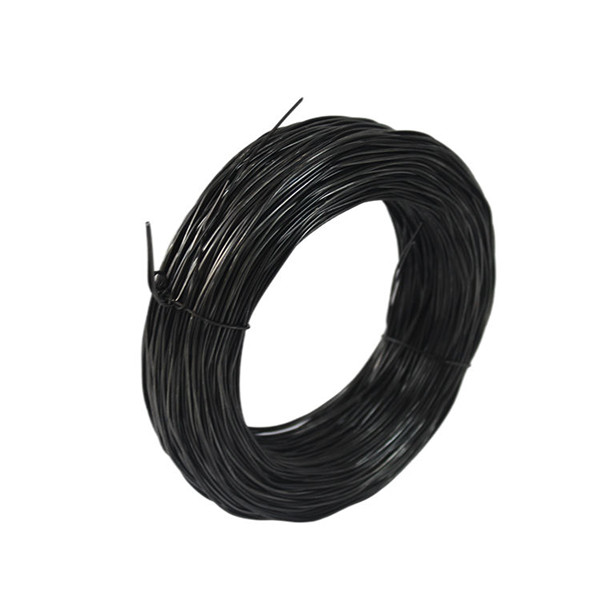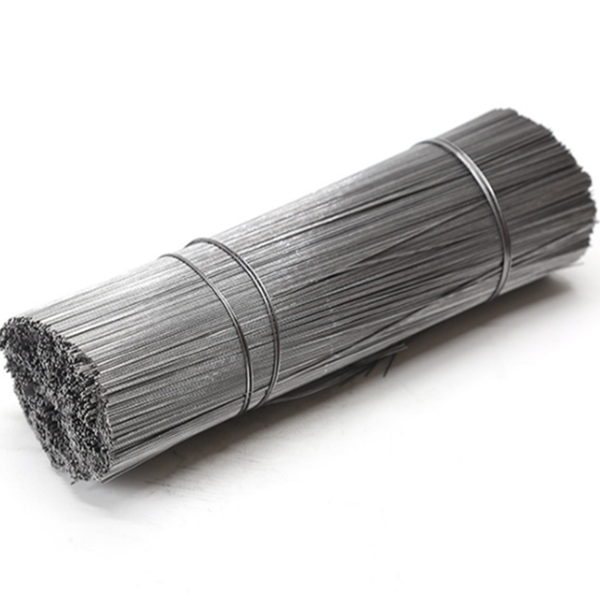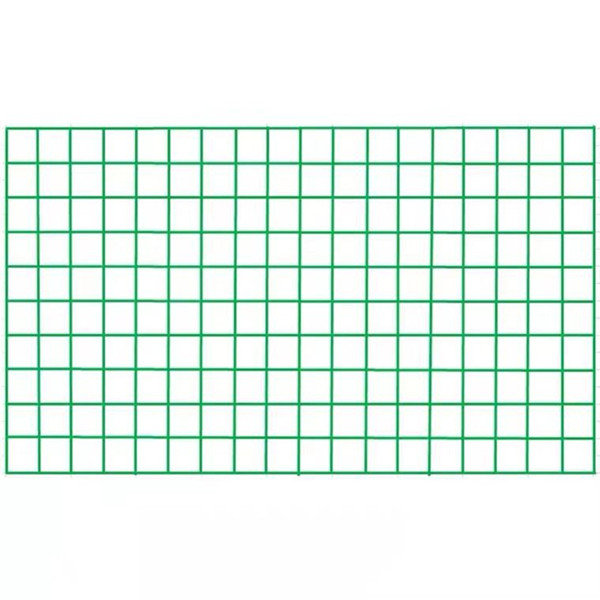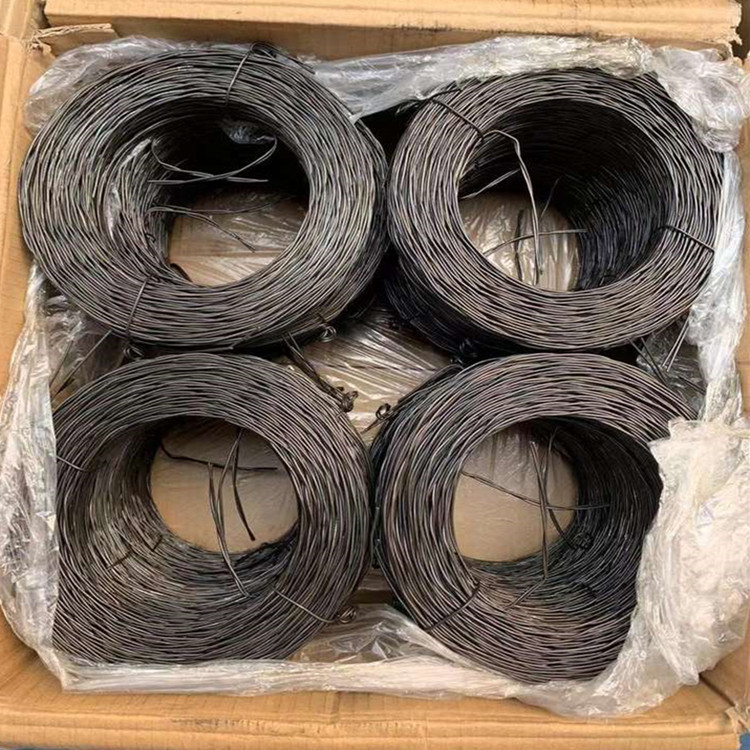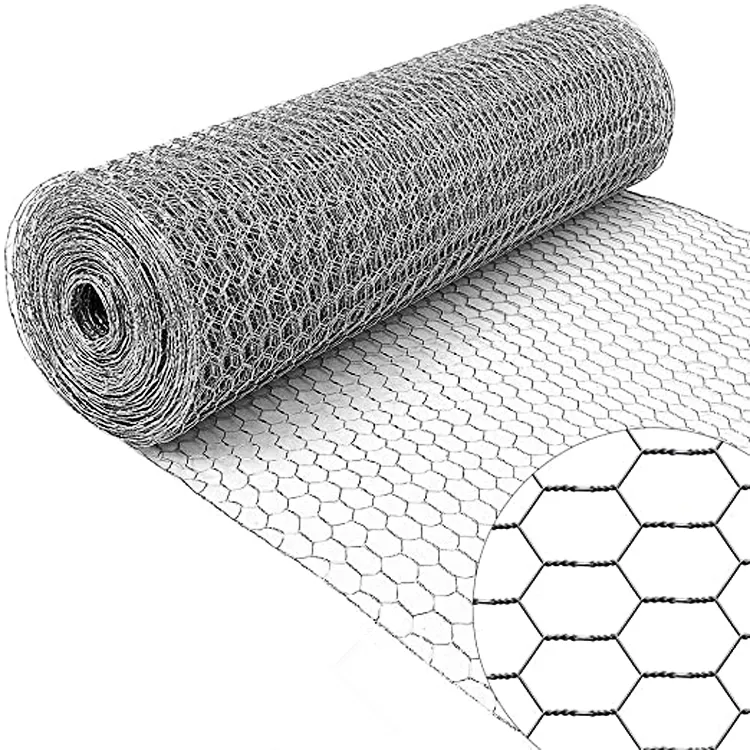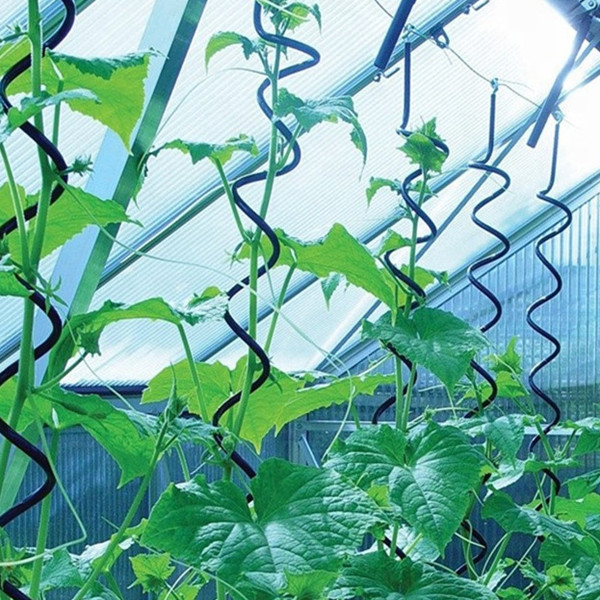Cold-Drawn Bright Wire Nail Wire: shop-floor notes from a wire insider
If you work with Cold Drawn Steel Wire every day, you know the basics matter: consistent diameter, clean surface, and steady payoff. I’ve walked more coil yards than I can count, and, to be honest, the best wire always shows up in the details you don’t see at first glance—the lubrication residue, the torsion count, the way a coil unwinds without tantrums.

What’s trending in wire right now
Industry demand is inching toward higher consistency and leaner scrap rates. Manufacturers want low-carbon Cold Drawn Steel Wire that feeds high-speed nailers with minimal stoppage, plus data sheets that actually match reality. Another quiet trend: traceability from origin (Dingzhou Liqingu Town Liusu Industrial Zone, in this case) to finished nails, driven by ISO audits and big-box retail compliance.
Core specifications (real-world, not just brochure)
| Product Name | Cold-Drawn Bright Wire Nail Wire |
| Material | Low carbon steel (≈ SAE 1006–1010 / C ≤ 0.10%) |
| Wire diameter | 3.0–5.0 mm (typical tolerance ±0.03–0.05 mm) |
| Coil weight | 500–1000 kg/coil |
| Surface | Bright drawn, light lubrication; Ra typically < 1.6 μm |
| Mechanical | TS ≈ 500–700 MPa; Elongation 10–20%; Torsion ≥ 20 revs (real-world use may vary) |
| Certs | ISO 9001–based QMS; testing to ISO 6892-1 / ISO 7800; per ASTM A510 & EN 10218 |

Process flow, briefly (but precisely)
- Material: low-carbon wire rod (ISO 16120), descaled by pickling/shot-blast.
- Drawing: multi-pass cold drawing with controlled reduction; intermediate stress relief as needed.
- Finishing: bright surface, neutralized, lightly soaped/oiled for payoff stability.
- Testing: diameter and ovality per EN 10218; tensile per ISO 6892-1 / ASTM E8; torsion per ISO 7800; coil integrity checks.
- Service life: as bright wire, best for indoor storage/quick downstream use; nails often galvanized post-forming for durability.
Applications and usage tips
Primary use is high-speed nail making (construction, pallets, furniture). Also finds its way into mesh tying, light fasteners, and shop fixtures. Important: unwind Cold Drawn Steel Wire from the outer ring to the inner ring—never from top to bottom. That little rule saves you snarls, torsional memory, and a few choice words on a Monday morning.
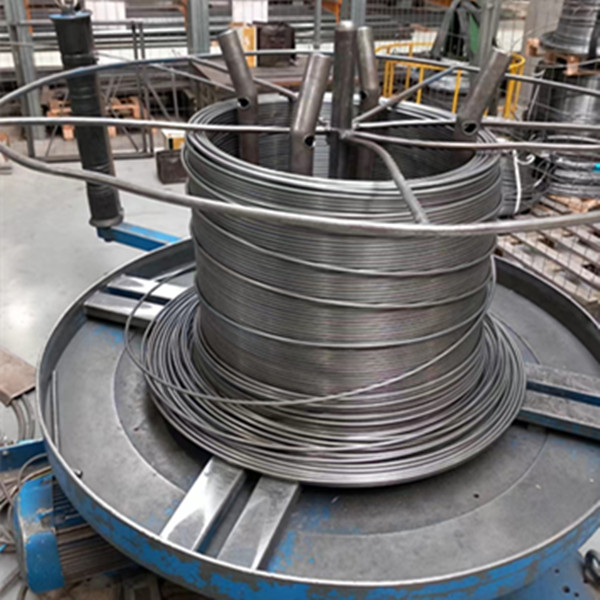
Why buyers pick this line
- Stable feed on nailers; fewer tip defects and head cracks.
- Clean, bright surface—good for post-process coatings.
- Coil weights (500–1000 kg) match most payoff systems.
- Many customers say scrap rates drop a notch after switch-over—small but noticeable.
Vendor snapshot (what matters on the floor)
| Vendor | Origin | Diameter Range | Tolerance | Certs | Lead Time |
|---|---|---|---|---|---|
| Lanyewiremesh | Dingzhou Liqingu Town Liusu Industrial Zone | 3.0–5.0 mm | ±0.03–0.05 mm | ISO 9001, test to ISO/ASTM | ≈ 2–4 weeks |
| Regional Mill A | Domestic | 2.8–6.0 mm | ±0.05 mm | ISO 9001 | 3–6 weeks |
| Trading House B | Mixed | 3.0–5.5 mm | ±0.06 mm | Supplier-declared | Variable |
Customization and QC
Custom coil weights, tailored lubrication for specific nailers, and tighter ovality on request. Batch-wise COAs, heat numbers, and test data (tensile, torsion, diameter logs) provided. It seems that the tighter the ovality, the happier the collator—no surprise there.
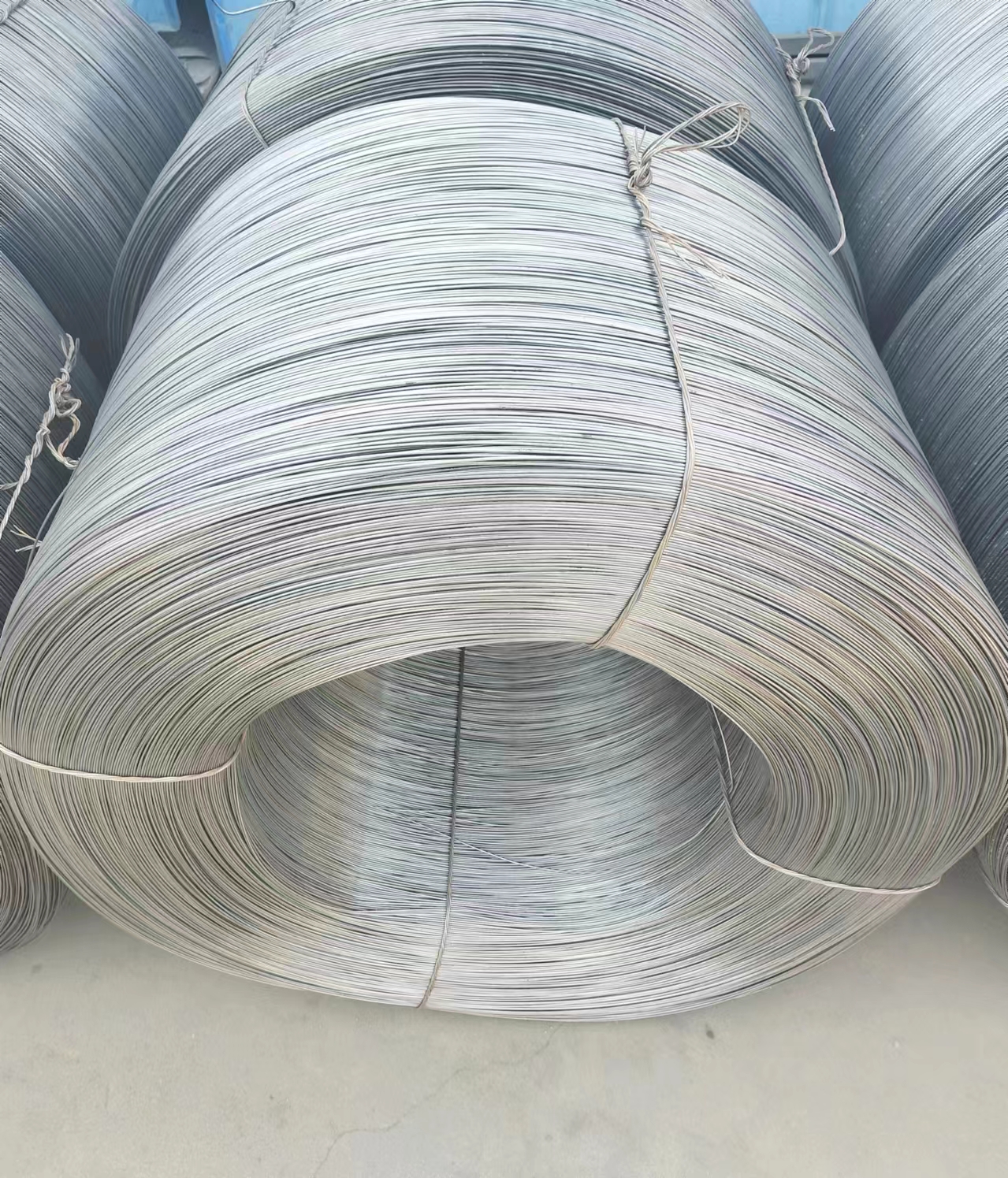
Quick case: pallet nails, Midwest line
A pallet shop swapped to this Cold Drawn Steel Wire for 3.5 mm feed. After a two-day tune, stoppages dropped ≈12%, and head-crack rejects fell under 0.6%. Nothing magical—just cleaner draw, more consistent diameter, and correct payoff from outer ring to inner ring.
Storage note
Store dry, off the floor, covered. Bright wire isn’t a fan of humidity. If you plan extended storage or outdoor exposure post-forming, consider galvanizing or a protective coating downstream.
References
- ASTM A510/A510M: General Requirements for Wire Rods and Coarse Round Wire.
- EN 10218-1/2: Steel wire and wire products — General requirements.
- ISO 6892-1: Metallic materials — Tensile testing.
- ISO 7800: Metallic materials — Wire — Simple torsion test.
- ISO 16120: Non-alloy steel wire rod for conversion to wire.



